Interview with D.W. Frommer II
4February 24, 2013 by Ville Raivio
“My name is D.W. Frommer II. I was born in February of 1946. I am 67 years old. I am a bespoke boot and shoemaker and have made my living at the Trade for over 40 years. I graduated from high school in 1964 and served in the United States Army Paratroopers from 1964 to 1967. Upon return to civilian life I went to college for several years at the University of Minnesota.
Products from Pukimo Raivio
Ralph Lauren, Black Label suit, size 52EU
In 1972 I met and subsequently married my wife of nearly 40 years–Randee Lynn Hektner. We moved to Oregon and began a family. We have two grown daughters, and a 4-year-old grandson. I worked for a shoe repair and began making some boots and shoes. The work was very crude as my mentors were not professionals and I had no formal instruction during that period.
About that time I apprenticed with a saddlemaker by the name of Frank Finch in Albany, Oregon. I made one saddle with him but I was really more interested in making boots. Frank had been raised on a ranch in Montana and in his youth had ridden across the northern tier states going from one rodeo to the next…sleeping under the open sky, using his saddle for a pillow. He and another fellow won the Wild Horse Racing event at the National Finals in Madison Square Gardens in the early 1930’s. He commissioned a pair of boot-shoes from Hyer Boot company in 1934. In the wake of a fire in his bunkhouse, where he kept his memorabilia from his rodeo days, he gave those boots to me–one of the few items he managed to rescue from the flames. After his death in the early 1980’s, I donated those boots to the National Cowboy Hall of Fame in Oklahoma City…where they are to this day. I treasured the boots and the history behind them and without a doubt they inspired me, simply because while I was not raised to be a horseman (and in order to be a really good saddlemaker having that background is critical), I did wear boots.
In 1975 or 1976 I got an opportunity to meet and work with a bootmaker in Billings Montana by the name of Mike Ives. That’s really where I began my career. I traveled from Oregon to Billings with my wife and infant daughter. We stayed with friends. Mike appreciated my enthusiasm and offered to teach me. I made one pair of boots with him before circumstances compelled me to take my family back home.
When I returned to Oregon, I began collecting tools and equipment and I converted an old shed on the rural property where we were living into a small shop. From there it was mostly making mistakes and learning from them. Before long I had a backlog of orders. I often took orders for work…for which I did not have the skills…in the firm belief that when the order came due I would. Or I would be able to figure it out. I was always “pushing the envelope,” in other words.
Over the years, I have made contacts in many sectors of the Trade. And through them I was introduced to the limited amount of literature that exists…most of which dates to the 19th and early 20th century. I collected much of this and have read a fair amount of it. Of course, other boot and shoemakers from around the world have influenced my work and taught me techniques and lessons that have furthered my growth. I consider myself a student of the Trade and believe that when you quit learning you might as quit making as well. But learning, and growth is a conscious decision…it always involves some pain and always requires effort and unwavering commitment.
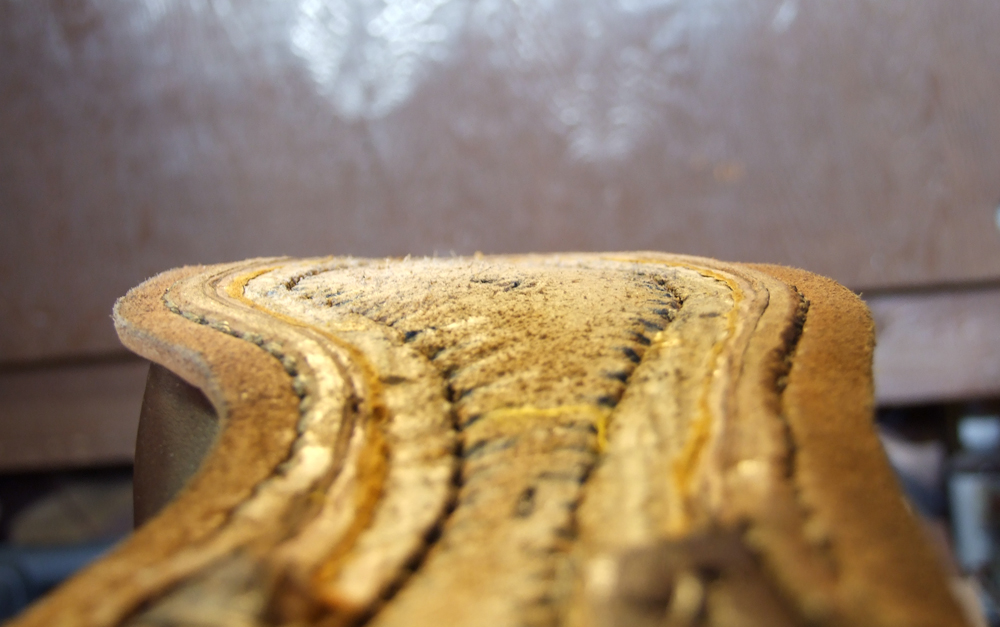 “No paper, no plastics, no nails.”
“No paper, no plastics, no nails.”
One of the most important contacts I made was with The Honourable Cordwainers’ Company–a tax exempt educational organization loosely modeled after a medieval Trade Guild. The Guild began with a scholarly focus with the aim and mission statement to preserve the Traditions and the techniques that inform best practices in shoemaking. My colleague, Mister Al Saguto–the head of the Shoemaking Faculty at Colonial Williamsburg and one of the foremost shoe historians in the world–founded the Guild some 28 years ago. We became friends and he passed on many techniques and shared enthusiasms with regard to making shoes. As much as anyone he was instrumental in directing my interest from boots to shoes.
About 15 years ago, I created the Guild’s webpage and The Crispin Colloquy–a web based discussion forum dedicated to preserving, protecting and archiving bespoke Traditional and tradition based knowledge.
About six years ago, after more than 40 years of primarily making boots, I began making high end men’s shoes. My market and my clientele base has always been for bespoke western (cowboy) boots. This is partially due to where I live and partially due to social and cultural expectations that are prevalent in the United States. Bespoke, custom made shoes are not as prized as in Europe. But no matter where you live, bootmaking and shoemaking are fundamentally, and historically, one and the same. Those who limit themselves to one or the other are not complete makers, in my opinion.
Although western boots are known best for the ornamentation on the tops…in the form of multiple rows of brightly coloured stitching or intricate inlays, throughout my career I have always been more interested in technique and the search for refinement and excellence. I have done the fancy-work, but I would much rather see two rows of neat, tight stitching than five rows of sloppy, erratic or widely spaced stitching. I would much rather see a monotone inlay done such that the hand can barely feel the different levels of the leather and every edge is cut with precision and finesse, than the wildest, most intricate constructions that end up being vague lumps and incongruous “buffalo wallows”.
I am always conscious of the importance of negative space, and the way in which symmetry and organic shapes resonate with something deep within the human psyche. I will go to great lengths to make sure that every cut, every line, takes the form of a “fair curve.” I seek to create a harmony of colour and line, with the leather suggesting the palate from which any ornamentation will emerge. Much of this is simply taking the time to do the job well. I have always said that “When you look at the finished product you never see the speed with which a technique was done, fast or slow…but the results will certainly reflect the care with which it was done.”
But it doesn’t stop there, I have spent many years and much study weighing the pros and cons of every construction technique that I use, as well. I have been instrumental in bringing some very modern materials and innovative techniques into the Trade but I am known as a Traditionalist. Not for the cachet of simply being “old school” but because everything I know about shoemaking leads me to believe that traditional materials and traditional techniques result in a superior product. One that will look better and wear better and be more comfortable while lasting longer than shoes made with contemporary and commercial materials and techniques. I use lasting tacks during the lasting phase of the making. But they get pulled. With the exception of the nails that hold the rubber toplift to the leather heel base (brass in the case of my men’s dress shoes), there are no in my boots or shoes. “No paper, no plastics, no nails.” Thread and pegs…that’s all.
The current president of John Lobb on St. James Street in the West End of London is famous for saying that they have “turned their backs to the machine.” A bit of hyperbole, perhaps (Lobb’s does use sewing machines at the very least), but a sentiment that I very much admire and appreciate. I am, myself, somewhat notorious for asserting that anyone who gets into this game has to decide…whether to make shoes/boots or to make money, because you can’t do both. So simple, so obvious, so provocative. But not as extreme as it may seem at first glance. It simply addresses the critical need to decide what is to be Job One in an operation. Will it be quality? Or will it be profit? Because making that choice creates a “decision tree” from which all other decisions flow…indeed, are inevitable.
At one point, the choices become as stark as whether to use a quality leather insole or leatherboard (a product not unlike particle board); whether to inseam by hand or to employ a Goodyear inseaming machine; whether to use pegs or nails or thread or glue. And every choice to reduce the cost of production…to maximize profit…either by utilizing cheaper materials or by replacing skilled workers with dumb machines is justification for yet another expediency.
It can be argued, with some justification, that every manufacturer of RTW footwear in the world has made the decision to make money rather than shoes. The shoes are just a convenient vehicle to carry the company to profit levels that will satisfy management and investors. Every RTW manufacturer, regardless of brand name/cachet or an admirable and storied history of the firm, regularly makes decisions which compromise the integrity and the quality from one generation of product to the next. The choice to dismiss skilled bottom men and replace them with Goodyear inseaming machines begets the choice to purchase a slightly thinner leather insoles…simply because it is no longer the insole that secures the vamp and welt but a strip of linen or canvas that is cemented to the the insole. The incredibly secure and strong amalgamation of thread and rosin and leather that is the backbone of a good bespoke shoe, and the product of nearly 10,00 years of shoemaking history and evolution, is replaced by what is essentially a glue job. For the manufacturer of Goodyear-welted footwear the choice eventually…and inevitably…becomes not a choice between good quality leather insoles but between thin leather insoles and leatherboard; between leather toe and heel stiffeners and inexpensive plastic substitutes; between leather heel bases and compressed paper or leatherboard bases. Every choice, every expediency made in the name of the bottom line, begets and justifies the next.
I cannot provide a reason for any customer to choose my shoes or boots in preference to another bespoke maker. I suspect…I believe…that there are ample reasons, objective reasons, for anyone seeking quality, fit, and service to seek out a bespoke maker rather than yet another in an endless line of mass produced products. To promote myself or my work…beyond educating people about the quality and Traditions and the history of shoemaking as a Trade…is to buy into what I see as a flawed perspective and a system that leaves everyone searching for a sense of satisfaction that cannot be found coming from machines and systems of production that have long since become divorced from any meaningful human input or involvement.
As unusual and/or lofty as that may sound, it is worth remembering that my perspective, if only because I have been so involved with the preservation of the Trade and best practices, is naturally at variance with industrial philosophies. In fact, I have, over the last 40 years, felt a deep and abiding sense of obligation to pass on the skills and the knowledge that have been entrusted to me. I have written and self-published three books–tutorials, really–on making boots and I administer and contribute to the Crispin Colloquy where I advise and share as much information as the format will practically allow. I have taught students for 35 years…one-on-one…and even in my current state of semi-retirement continue to take selected students every year.
Another aspect of this question is my firm belief that none of us who approach shoemaking as I do, make shoes or boots for the customer. The customer commissions the work and we give them our best and most devoted attention…maybe even the best of ourselves at any given moment…but fundamentally we make shoes for the “dead guys”–the makers who preceded us and who made the Trade what it was and is, and who passed on their knowledge to the next generation. Of whom we are but the latest in a long line of given and received knowledge…master to student, generation to generation. I feel them at my shoulder sometimes. I have internal dialogs with them.
In the end, we do not compete with each other but with entropy and our own selves. In the end, the work must recommend itself.
Again, I suspect this may all sound a little naive or perhaps even sophomoric. But I am convinced there is something more at work here than meets the eye or facile explanation. Sometimes a craftsman becomes so absorbed in the work that his sense of self fades into the background. At such times a person is most open to whatever you might call it–the creative impulse, the divine, God–something moves through you and you find yourself literally doing things you did not have the skills to do. I suspect that’s the great and enduring attraction of working with your hands…of Craftsmanship.
It is worth noting I think, that as in times past, my passion for shoe and bootmaking has been supported…indeed, been made possible…by my wife and partner, Randee. She is a good shoemaker in her own right and, by attending to the more mundane aspects of running a business, has kept us afloat through some tough times.
Shoemaking has been an all-consuming interest for me throughout most of my adult life. Randee and I social dance–ballroom, Latin, C&W.–and we currently own a rescued greyhound (Rosie). Between struggling to make a living at a 19th century Trade (with 19th C. wages) in the 20th and 21st C., and raising a family, there has not been much time for other pursuits. That said, I have been flyfishing since I was 13 or 14 years old. When we moved to Oregon I began fishing for steelhead–a sea-run rainbow trout that migrates up most of the rivers in the Pacific Northwest. Flyfishing is nearly as much a part of who I am as the shoemaking. I live on the Deschutes River (famous for its run of steelhead) and during the summer and early fall I can sometimes be found knee deep in rushing water, amidst sere canyons, or verdant forests, there, or on the North Umpqua River, the Rogue River or any of a number of others, swinging a two-handed spey rod.
As for recommendations to people newly interested in high end shoes or clothing, my first observation is that there is a very large difference between Style and Substance. Oscar Wilde once said “Everything popular is wrong.” Shoes and boots are particularly deceptive in that regard simply because so much of what informs real quality in footwear is not easily seen. Many of the largest, most well recognized, shoemaking firms began as dedicated bespoke workshops. And, in pursuit of customers and profit, nearly every one of them has compromised the foundational principles of the Trade. And they do so in full knowledge that the customer either doesn’t have an appreciation for quality or the knowledge to recognize it when they see it. It is all too easy to buy into the marketing hype…so much so, that some people become such devoted fans of a particular brand that they will defend that Brand as if they themselves were responsible for the workmanship.
And the companies rely on that. They rely on the ignorance of the customer. To tout “Goodyear Welting” as something special or exemplary is not only misleading it is tantamount to selling common dirt as a premium growing medium…all bagged up for your convenience.
James Lee Burke said “There is no worse curse than approval.” To the extent that we buy into the marketing and buy into the idea that mass manufacturing can produce an objectively excellent product, we give the companies leverage not only over ourselves but our futures. And they will continue to lead us by the nose ring.
We are all born ignorant…but choosing to remain ignorant is the one sure path to stupidity.”
http://bootmaker.com/bespoke.htm
http://www.styleforum.net/u/20642/dwfii
Pictures: © D.W. Frommer II
Category Arbiter Elegantiae, Cordwainers, Interviews, Styleforum | Tags:
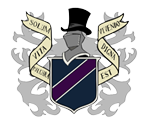
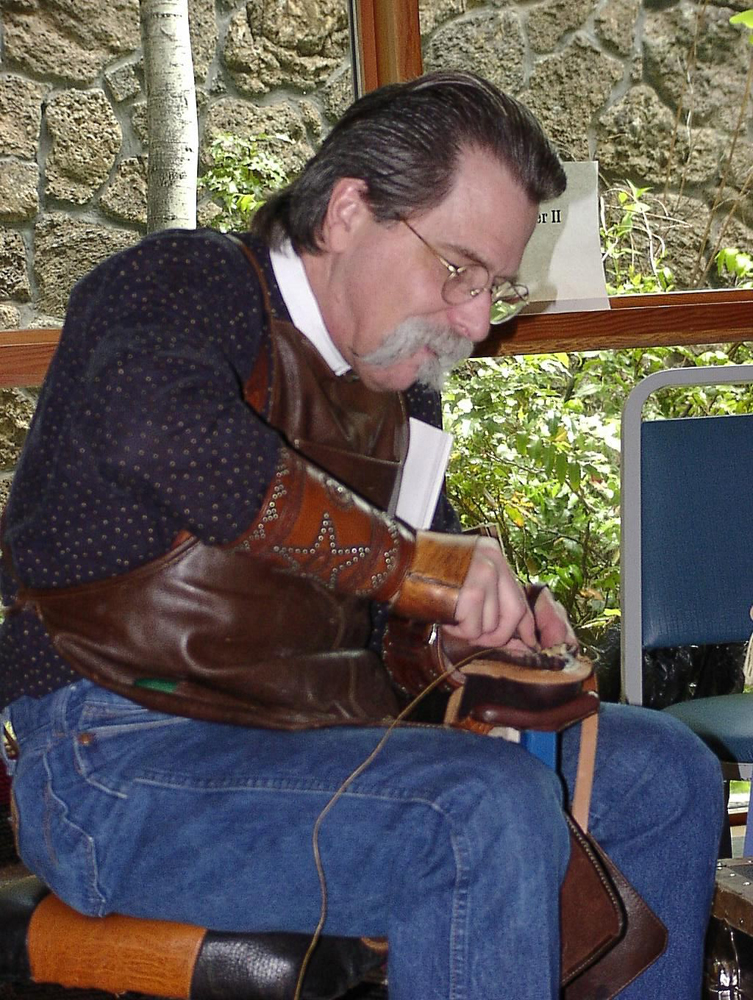
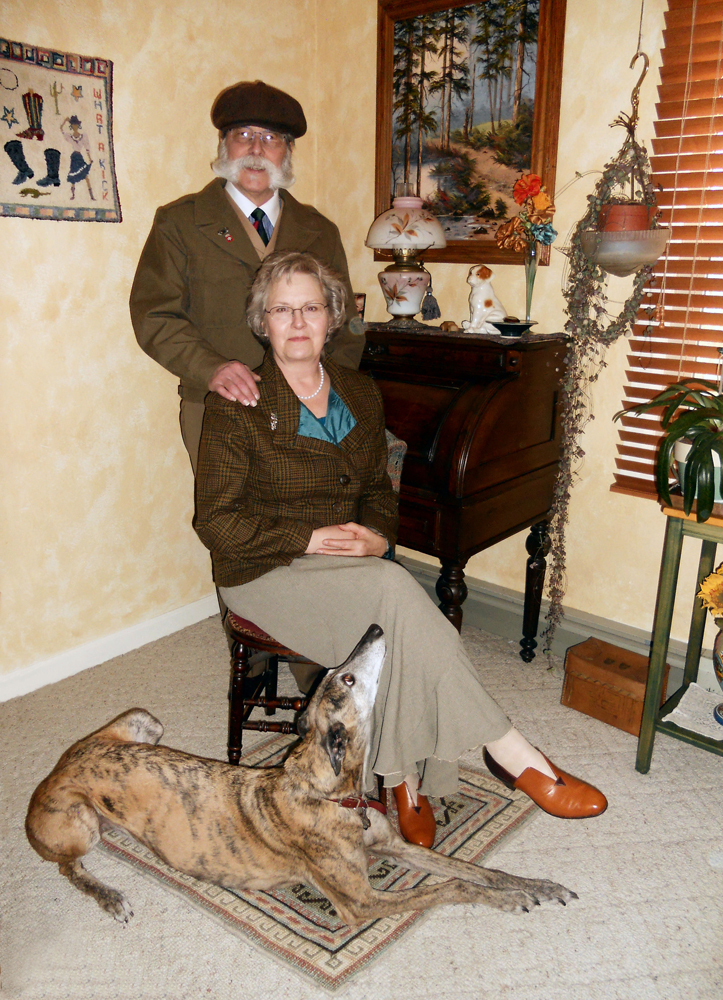
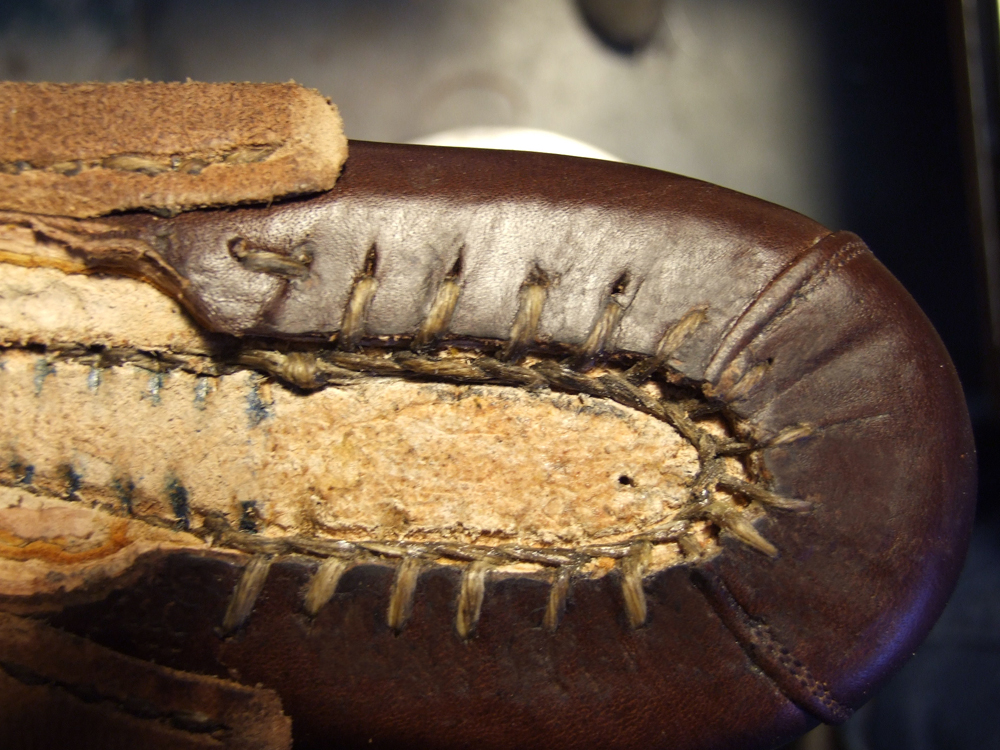
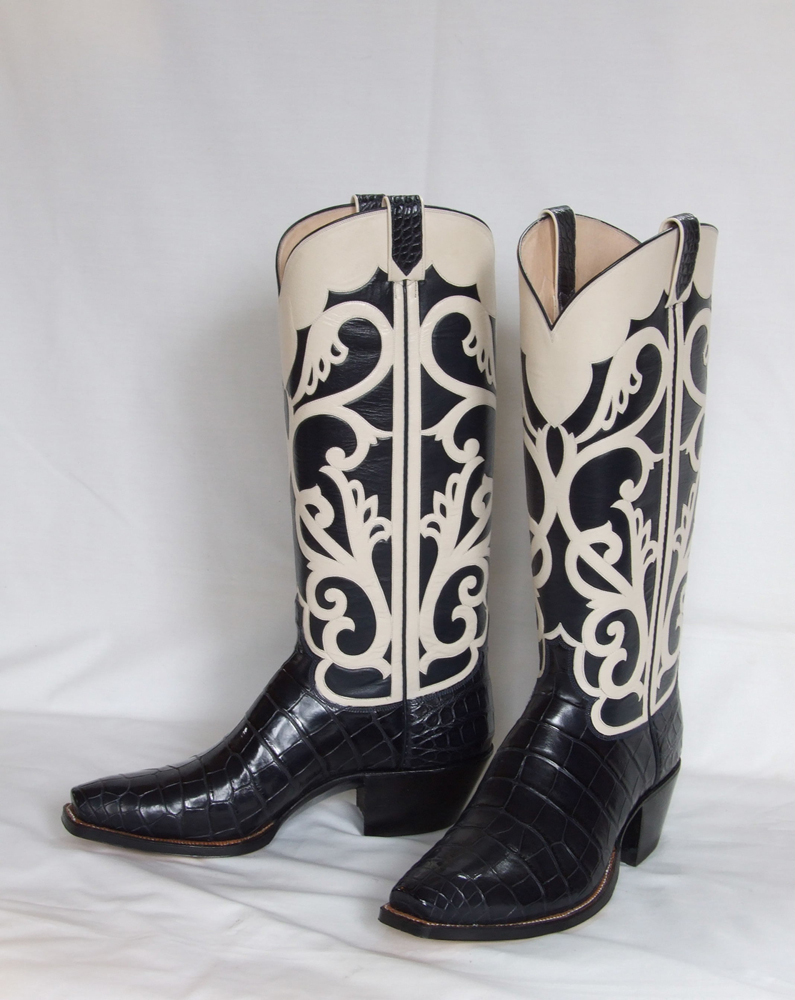
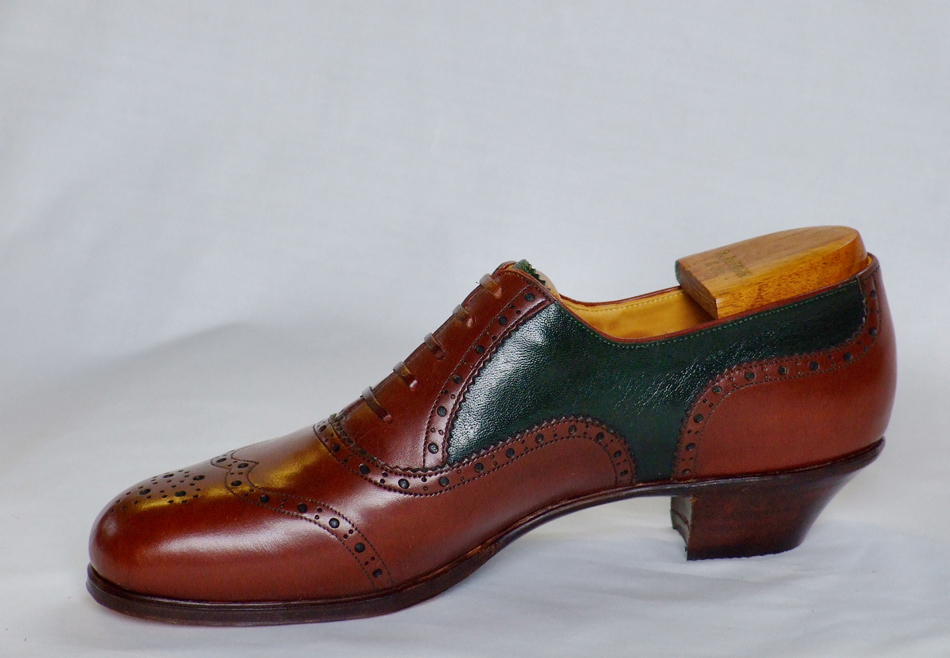
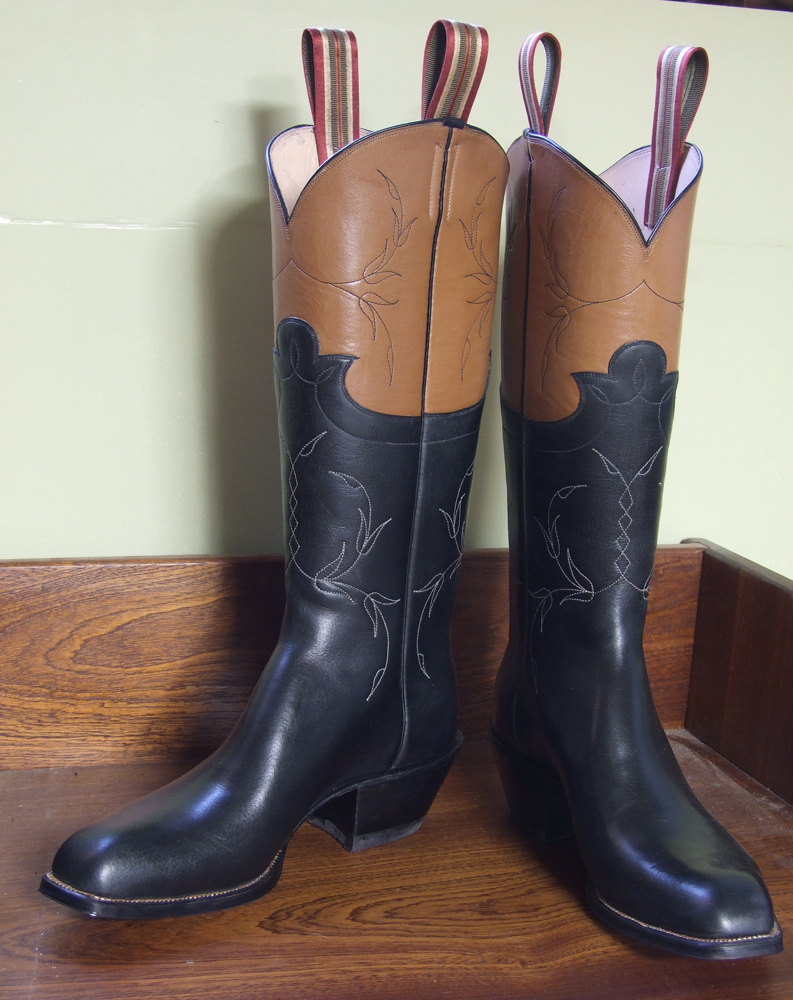
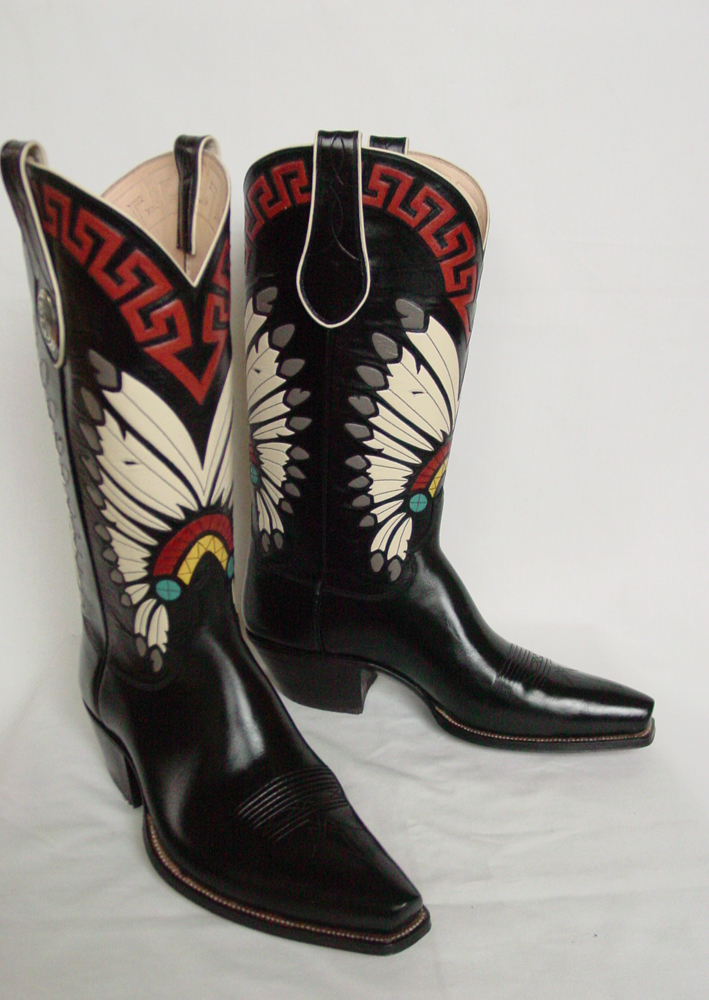
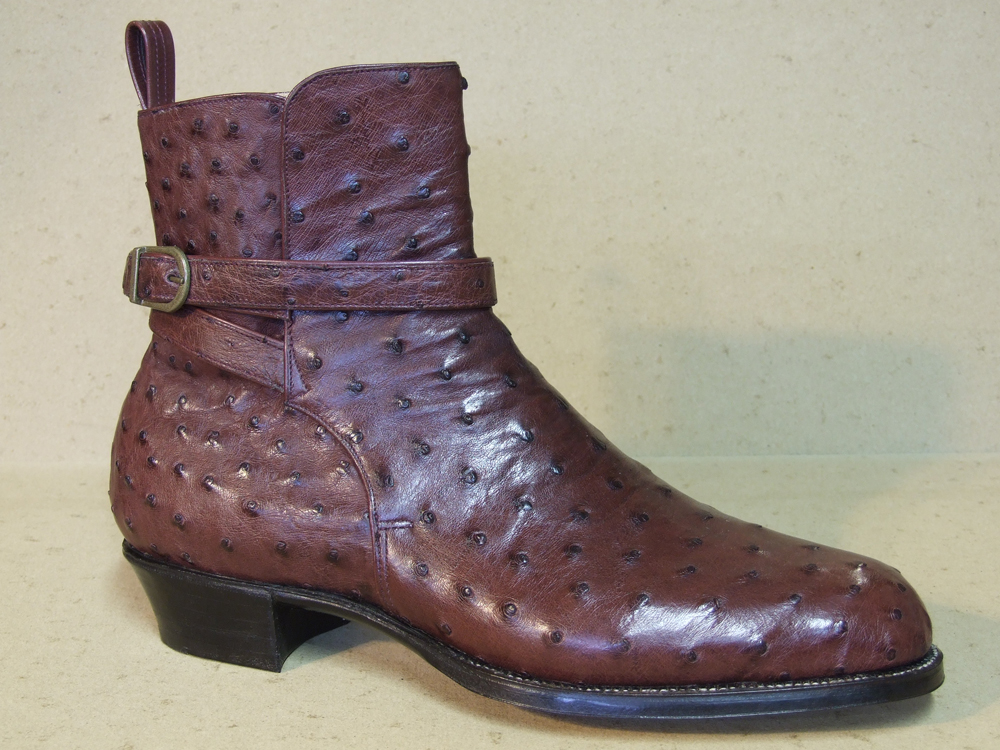
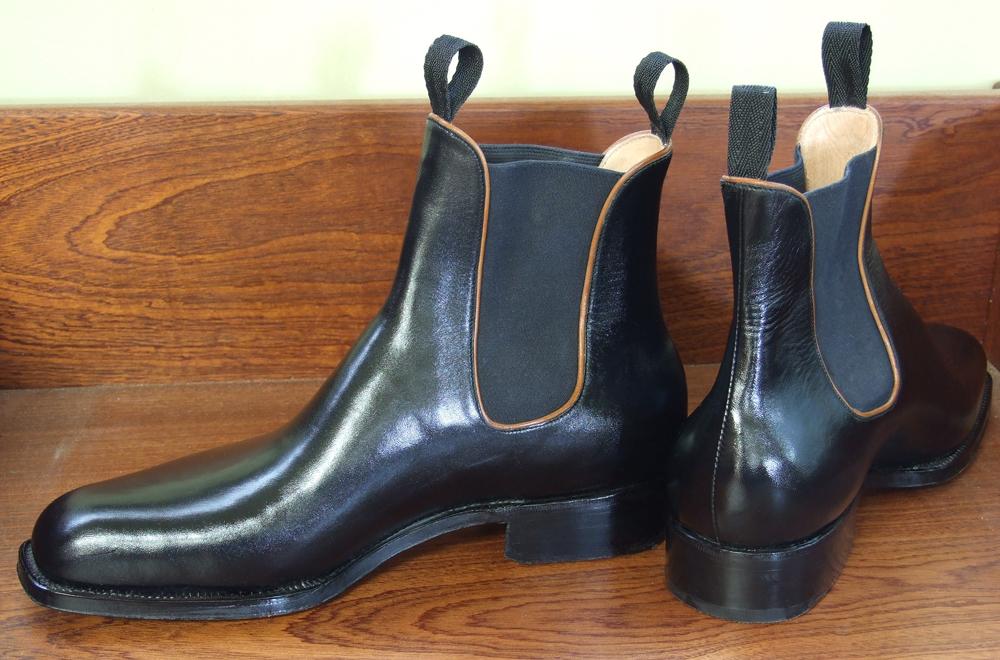
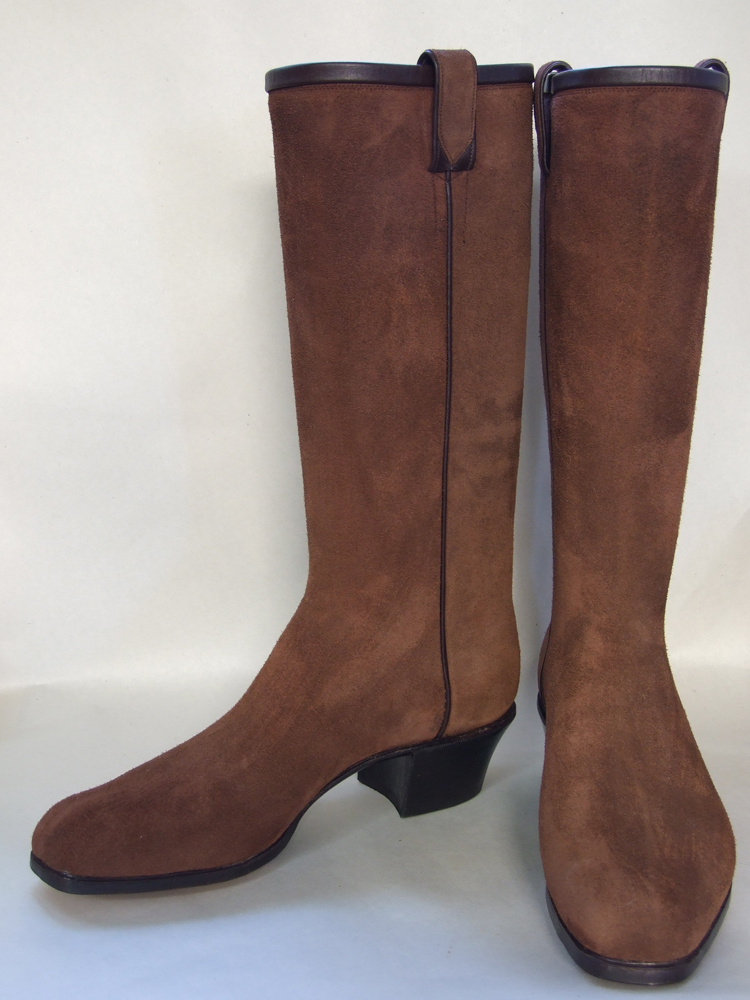
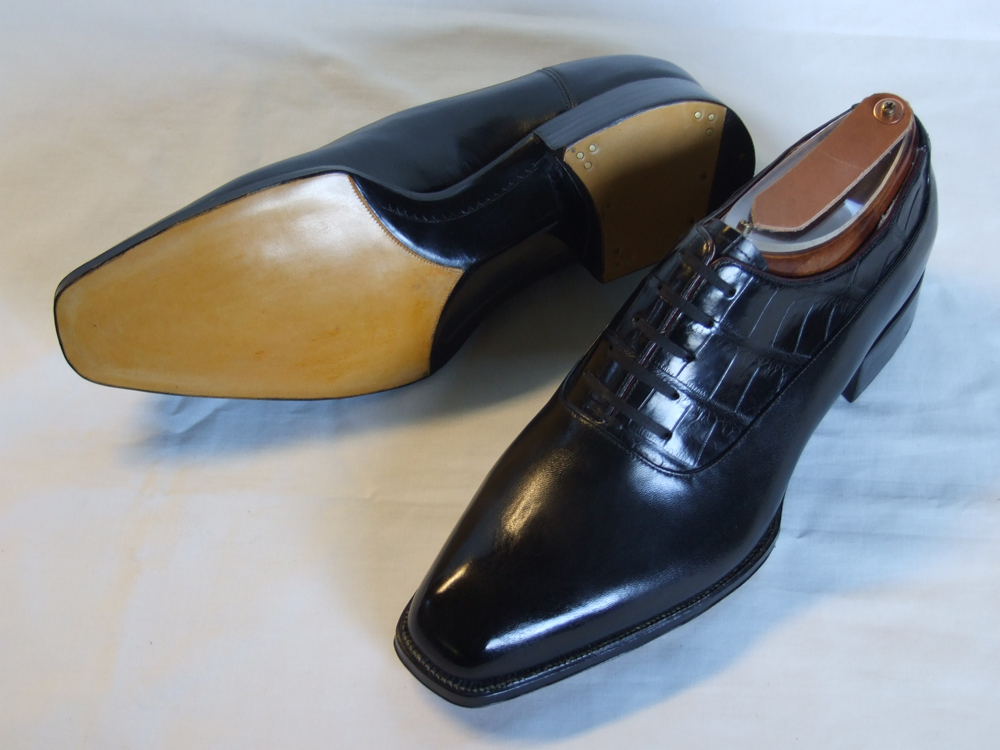
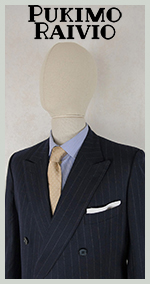

R.I.P.
Thank you so much for the information about my Uncle Frank Finch. My grandmother, Millie (Finch) Beckwith was his sister. I remember going to the ranch as a child trying to catch the barn cats and going into his workshop with my parents to see the latest custom saddle with silver conchos that Uncle Frank was creating. He was a true master and artist.
Thanks again,
Kay Lyn Chase
Greetings, AC.
I’m glad you’ve enjoyed his interview. Please share it with your acquaintances so that his ideas and ethos can spread. He seems to be an all-American institution and an inspiration.
Cordially,
Ville
Thanks for highlighting Mr. D. W. Frommer II. I have been one of his students and can attest that he carries his passion and conviction for Doing Things Right all through his instructions as well as his work. My course with him, during which I completed one pair of boots, remains one of the most difficult but most rewarding experiences of my life. Proof of the longevity of his instruction is that over a year later I am getting deeper and deeper into the endless world of struggle, learning, understanding, and occasionally, the accomplishments, of making traditional American Western boots. In a world where too much of everything is cheaply made, with no tradition to speak of, Mr. Frommer’s work and work ethic are and will be of greater and greater value.